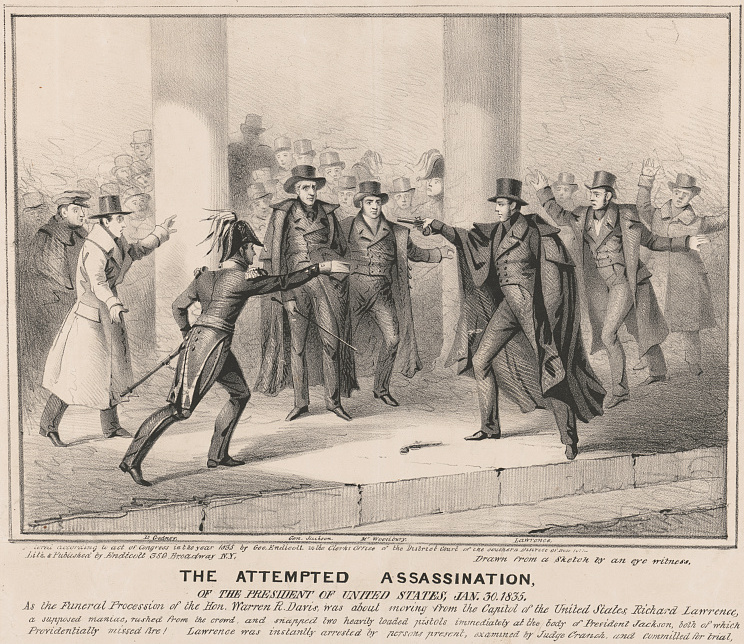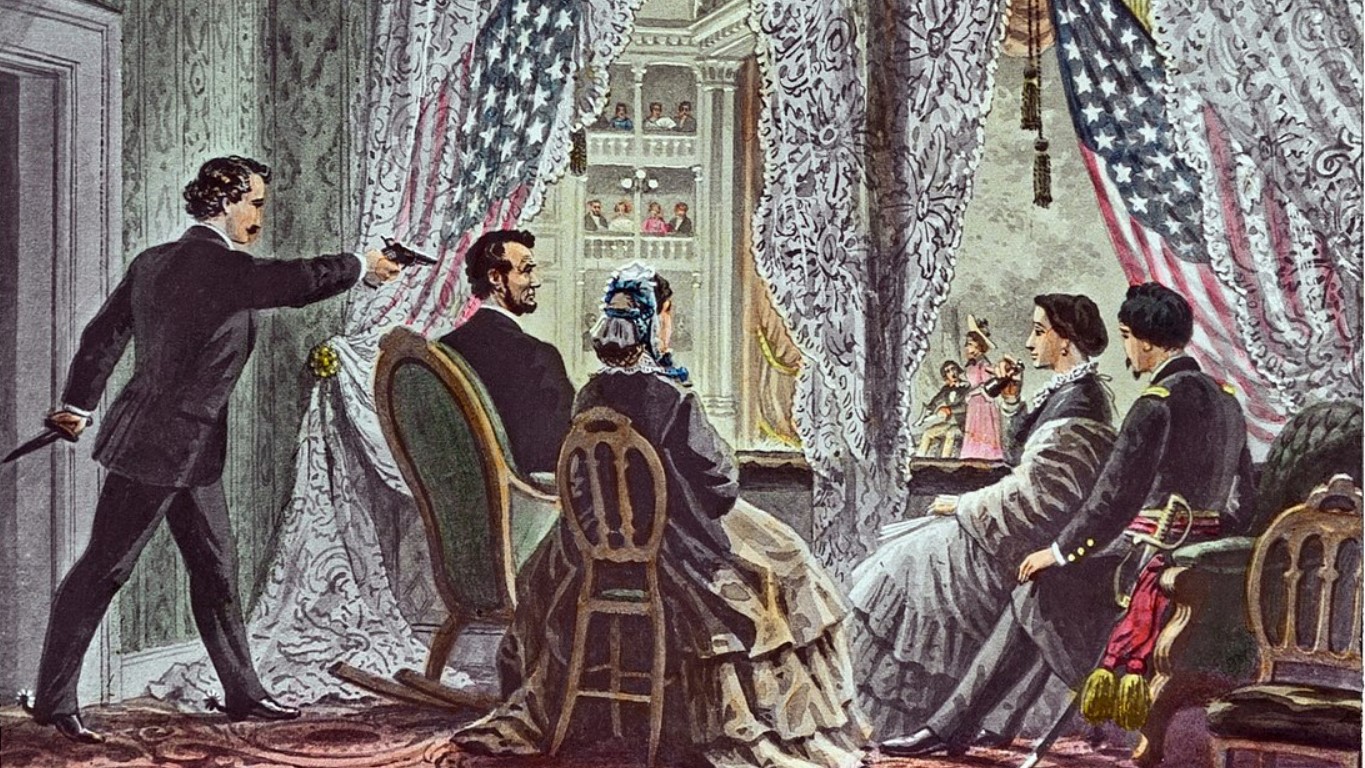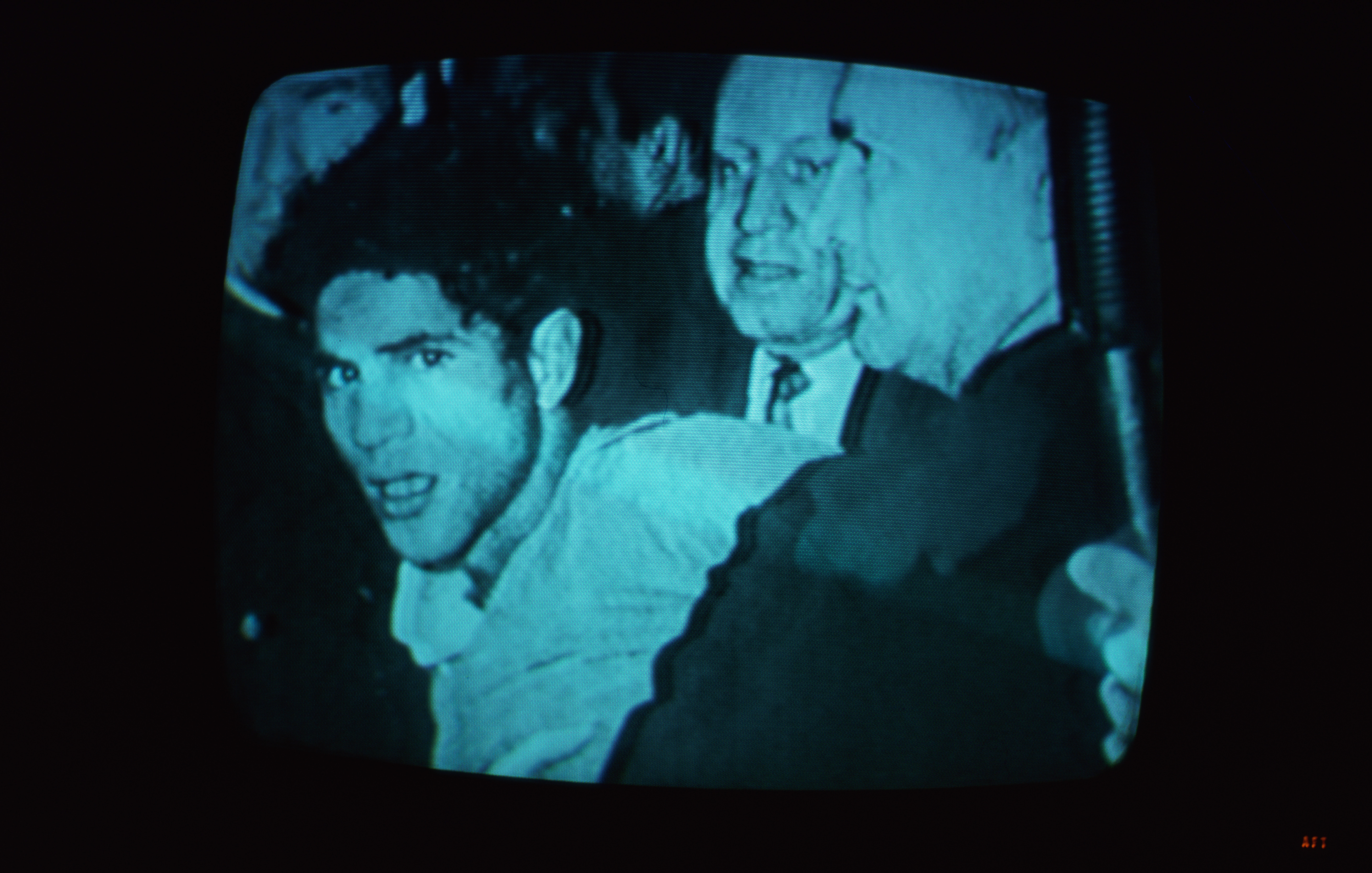
Thomas Matthew Crooks, who shot former President Donald Trump on Saturday, was a registered Republican but once donated $15 to a Joe Biden-aligned political group. As of Sunday, July 14, those contradictory facts are the only clues available to clarify or even guess at a motive for Crooks.
And if the 200-year history of Presidential assassination attempts is any guide, the picture may never get any clearer.
For one, Crooks is dead. He was killed almost immediately by United States Secret Service as he fired at Trump. He was not a military veteran and left very little of a social media trail. Early interviews of his high school classmates paint a picture only of a kid who did not enjoy high school.
But a review of the close to a dozen people who have attempted to kill presidents or presidential candidates in the last 200 years, going back to the administration of Andrew Jackson, finds that most were men — though two were women — with chaotic lives who acted for reasons that most people would not recognize as a ‘motive.’ In almost all of these cases, the shooters were not active-duty military or veterans, and almost always acted alone. Only the mid-Civil War assassination of President Abraham Lincoln in 1865 was part of a wider plot.
Here is a look at the ‘why’ behind the Presidential killers and would-be killers in American history.
19th-Century Assassinations

A mentally ill painter tried to shoot Andrew Jackson in 1835, but Jackson beat him up. President Andrew Jackson was the first head of the U.S. to be attacked. Richard Lawrence, a house painter suffering from mental illness, became fixated on Jackson and tracked his movements. On Jan. 30, 1835, while Jackson was leaving a funeral at the U.S. Capitol, Lawrence was waiting. He pulled the trigger on one pistol, which did not fire, and produced a second pistol, which also failed to go off. Jackson, a war veteran and noted belligerent person, then beat Lawrence with a cane before others including members of Congress separated them. Lawrence was later found not guilty by reason of insanity. He was committed to a mental institution and remained there until his death in 1861.

John Wilkes Booth, an actor, shot Abraham Lincoln in 1865 as part of a conspiracy, motivated by the Civil War. Abraham Lincoln was the first president to be assassinated. During his time in office during the Civil War, there had been plots against him, but none succeeded. John Wilkes Booth, a well-known actor of the time and member of a celebrity acting family, had long standing sympathy for the treasonous Confederacy. After a failed attempt to kidnap Lincoln, the D.C.-based Booth and his fellow conspirators hatched a plan to take out Lincoln and other top members of government. On April 14, 1865, after the Confederacy had already lost the Civil War, Booth used his connections and fame to enter Ford’s Theatre, where Lincoln was watching the play ‘Our American Cousin.’ He shot Lincoln in the back of the head, then jumped to the stage, injuring himself. His attempt to give a speech failed due to confusion and his bad landing. Lincoln would die in the early morning of April 15. Other conspirators failed to kill Secretary of State William Seward and backed out of attacking Vice President Andrew Johnson. Booth and his allies fled, leading to a massive manhunt. Booth was eventually cornered in a barn before being shot in the back of the head by Sgt. Boston Corbett, a deeply religious and pro-Union soldier. Booth died soon after.
Subscribe to Task & Purpose Today. Get the latest military news and culture in your inbox daily.
A mentally ill campaign worker who felt cheated of a political job shot James Garfield in 1881, although he died because his doctor was a quack. Civil War veteran James Garfield took the office of the president in March 1881. He worked on overhauling the civil service following years of scandals and corruption. On July 2, 1881, while at a train station in Washington, D.C., he was shot by Charles Guiteau. Guiteau had been a minor staffer for Garfield’s campaign in New York, but believed he was responsible for handing the man a victory. He lobbied for an ambassador job, moving to D.C. to harass Garfield’s staff. After failed efforts, he bought a gun and shot Garfield, who was taken to get medical attention. Infamously, it is believed that Garfield likely would have survived the wound, but his doctor, a man named Doctor Willard Bliss (yes, Doctor was his first name), spent weeks trying to remove the bullet, cutting more and more into the president’s body and ignoring proper hygiene. Garfield finally died on Sept. 19, 1881, a full 79 days after Guiteau shot him. Guiteau was sentenced to death and executed in 1882. During his trial he said that “The doctors killed Garfield, I just shot him.”
The 20th Century
An anarchist shot William McKinley in 1901, the first of many attempted assassinations by the radical group. William McKinley assassination is one of just three with a straight forward political motive, along with Lincoln and the . Leon Czolgosz was an anarchist, a fairly clear political movement in the early 20th century, but far from a “mainstream” one. McKinley was one of several nobles and heads of state killed or targeted at the turn of the century by anarchists and Czolgosz cited the 1900 assassination of Italian King Umberto I as an inspiration. In 1901, McKinley was in Buffalo, New York visiting the Pan-American Exposition when Czolgosz approached him. Czolgolsz had become an anarchist after falling destitute in an economic recession years earlier. When McKinley went to shake his hand, Czolgosz shot him twice. The president was grazed by one bullet, but the other hit him square in the abdomen. Over the next few days his condition worsened and he died from the infected wound on Sept. 14, 1901. Theodore Roosevelt succeeded him. Czolgosz would be executed by the electric chair.
John Schrank’s hallucinations told him to kill Teddy Roosevelt in 1912. In 1912, Roosevelt was attempting a political comeback often compared to Trump’s 2024 run: he was trying to return to the office after leaving in 1908. Unlike Trump, Roosevelt was a third-party candidate of the Bull Moose Party. During a stop in Milwaukee, Wisconsin, a former bar owner suffering from hallucinations named John Schrank became convinced he needed to kill the former president. Schrank fired a single shot, which hit Roosevelt in the chest, but the bullet was stopped in part due to a glasses case and a thick, folded paper. Although Roosevelt was known for his own myth making, his response to being shot was well documented. Roosevelt initially shrugged off the wound and got the crowd to let police take Schrank into custody. He then gave his speech, opening with “Friends, I shall ask you to be as quiet as possible. I don’t know whether you fully understand that I have just been shot—but it takes more than that to kill a Bull Moose.” He would, however, lose the 1912 election. Schrank was later found not guilty by reason of insanity.
Lee Harvey Oswald’s killing of John F. Kennedy in 1963 remains awash with unanswered questions and unlikely conspiracy theories but no clear motive. Kennedy’s assassination on Nov. 22, 1963 was one of the most infamous moments of the 20th Century with a long list of peculiar and suspicious-but-not-quite-solid line of inquiry around it. Kennedy was visiting Dallas, Texas when his motorcade was fired upon. Kennedy was shot in the head and back and Texas Gov. John Conally was also seriously wounded. Kennedy would be declared dead shortly after the shooting. Police found former Marine Lee Harvey Oswald and arrested him following his murder of a Dallas police officer. Oswald is believed to have killed Kennedy from an elevated position in the Texas School Book Depository, firing three shots from a rifle. Oswald was later killed by Jack Ruby while in police custody. Lyndon B. Johnson took over the presidency.

Sirhan Sirhan shot Robert F. Kennedy in 1968 over the Arab-Israeli conflict. Although Sirhan had a clear political motive, he did not target Kennedy specifically for the senator’s beliefs or actions, but rather because he was a target he could reach. Kennedy, JFK’s brother, was running for the 1968 Democratic nomination. The night of the California primary, which Kennedy won and left him a favorite in the race, he gave a speech at the Los Angeles’ Ambassador Hotel. While Kennedy exited through the hotel kitchen, Sirhan Sirhan, a Palestinian-Jordanian deeply angry at the United States for its support of Israel, approached and opened fire. Kennedy was shot and five others were wounded. Kennedy died from his wounds. Sirhan was sentenced to death, which was commuted to life without parole.
Arthur Bremer shot George Wallace, a Republican Presidential candidate in 1968, because he wanted to be famous. The segregationist and Alabama Gov. George Wallace was running for the Democratic nomination in 1972. While on a visit to Maryland, Wallace was shaking hands with voters when Arthur Bremer appeared and shot him four times in the chest. Three other people were shot. Bremer had no political motivation, but was instead seeking fame. Bremer had originally planned to kill Richard Nixon before setting his sights on Wallace. Wallace survived but was left paralyzed. Bremer was sentenced to prison and released only in 2007.
Lynette “Squeaky” Fromme was in the Manson Cult when she tried to kill President Gerald Ford in 1975. Jane Moore tried to kill Ford over fringe beliefs. Ford, who took office after Nixon resigned, was the target of two different assassination attempts within two weeks. While in Sacramento on Sept. 5, 1975, Ford was at the California State Capitol when Manson-cultist Lynette “Squeaky” Fromme pulled out a pistol and failed to fire the gun. She was quickly restrained and Ford carried on. On Sept. 22, Sara Jane Moore tried to kill Ford while he was in San Francisco, having become convinced of a vague idea of revolution. She fired two shots from a revolver. The first missed and another person grabbed her arm, messing up her aim on the second shot. Fromme was given life in prison, but was released in 2009. Moore had the same sentence, and was paroled in 2007.
John Hinkley Jr. suffered from delusions when he shot Ronald Reagan in 1981, believing it would impress an actress. Prior to Trump, the last president to be shot was Ronald Reagan. John Hinkley Jr. came from a rich Texas oil family and tried but failed to be a songwriter as a young man. At 25 and on heavy medication, he became convinced that killing President Reagan would impress actress Jodie Foster. Hinkley traveled to Washington, D.C. and on March 30, 1981 was part of a crowd watching Reagan exit a D.C. hotel. Hinkley fired six shots from a revolver. Two bullets hit a police officer and Secret Service agent. White House Press James Brady was wounded and later died from his injuries in 2014 (his death was ruled a homicide). Reagan was wounded by one of the bullets when it ricocheted and was rushed to a hospital in critical condition, where doctors stabilized him. Hinkley would be declared not guilty by reason of insanity. He was released in 2016 and has been recording and releasing music online.
The July 13 attack on Trump is the latest in these attempts. Trump has said that he is okay, following the wound, and the FBI is investigating. President Joe Biden has ordered a review of security measures.
